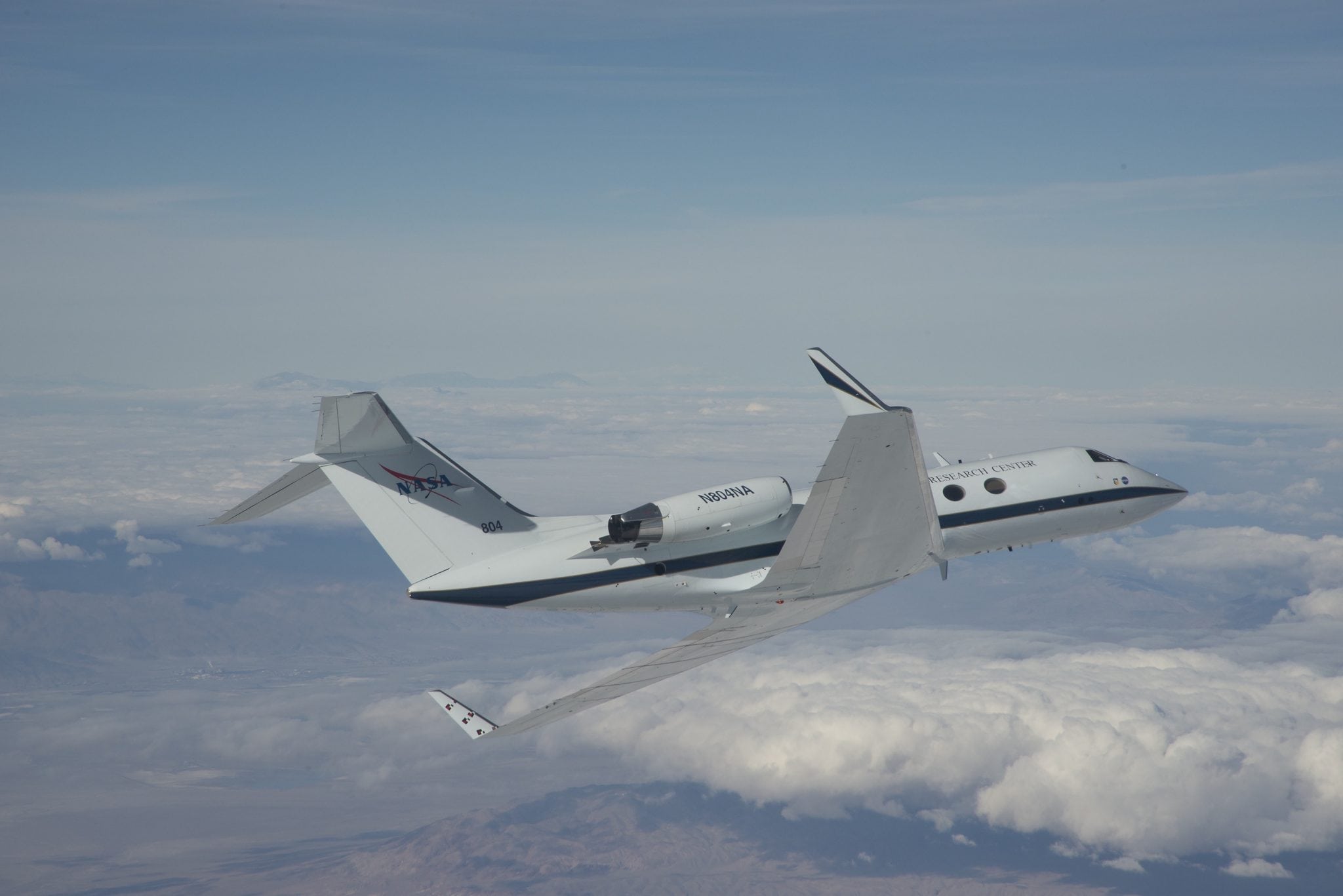[Avionics Today 04-29-2015] NASA researchers, working in concert with the Air Force Research Laboratory (AFRL) and FlexSys, have successfully completed initial flight tests of a new morphing wing technology for aircraft. According to the researchers, the shape-changing wing has the potential to save millions of dollars annually in fuel costs, reduce airframe weight and decrease aircraft noise during takeoffs.
 |
| Test aircraft fitted with shape shifting wing technology in the ACTE project. Photo: NASA/Jim Ross |
The team at NASA’s Armstrong Flight Research Center flew 22 research flights during the past six months with experimental Adaptive Compliant Trailing Edge (ACTE) flight control surfaces that look to offer improvements over conventional flaps used on existing aircraft.
The test aircraft was flown with its experimental control surfaces at flap angles ranging from minus 2 degrees up to 30 degrees. Although the flexible ACTE flaps were designed to morph throughout the entire range of motion, each test was conducted at a single fixed setting in order to collect incremental data with a minimum of risk. The results of these flight tests will be included in design trade studies performed at NASA’s Langley Research Center in Hampton, Va., for designing future large transport aircraft.
“We are thrilled to have accomplished all of our flight test goals without encountering any significant technical issues,” said AFRL Program Manager Pete Flick, from Wright-Patterson Air Force Base in Ohio. “These flights cap 17 years of technology maturation, beginning with AFRL’s initial Phase 1 [Small Business Innovation Research] SBIR contract with FlexSys, and the technology now is ready to dramatically improve aircraft efficiency for the Air Force and the commercial aviation industry.”